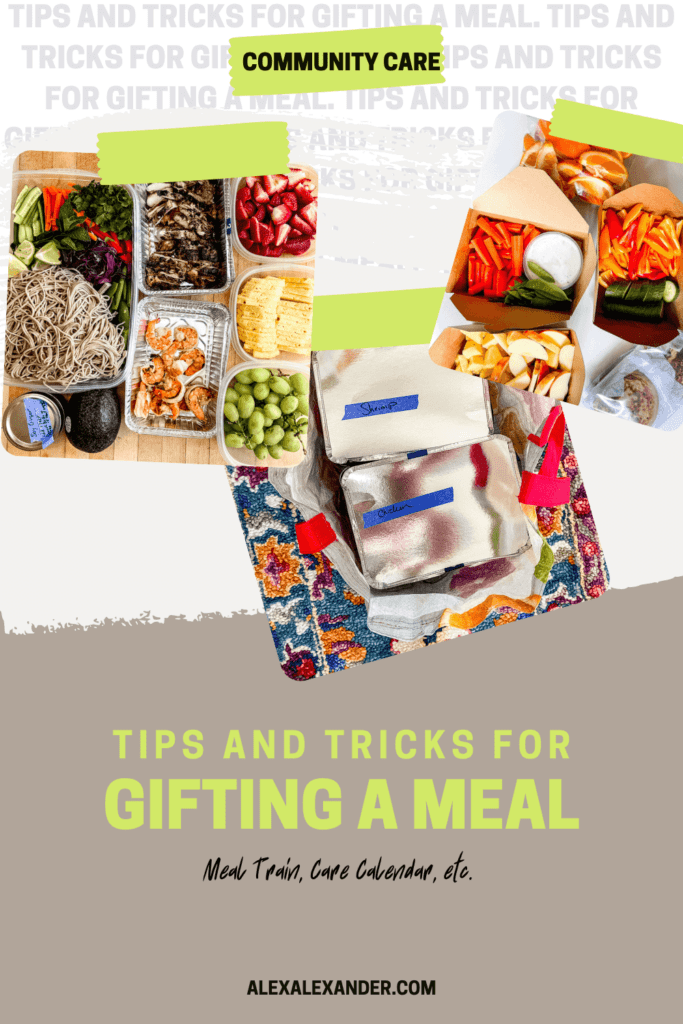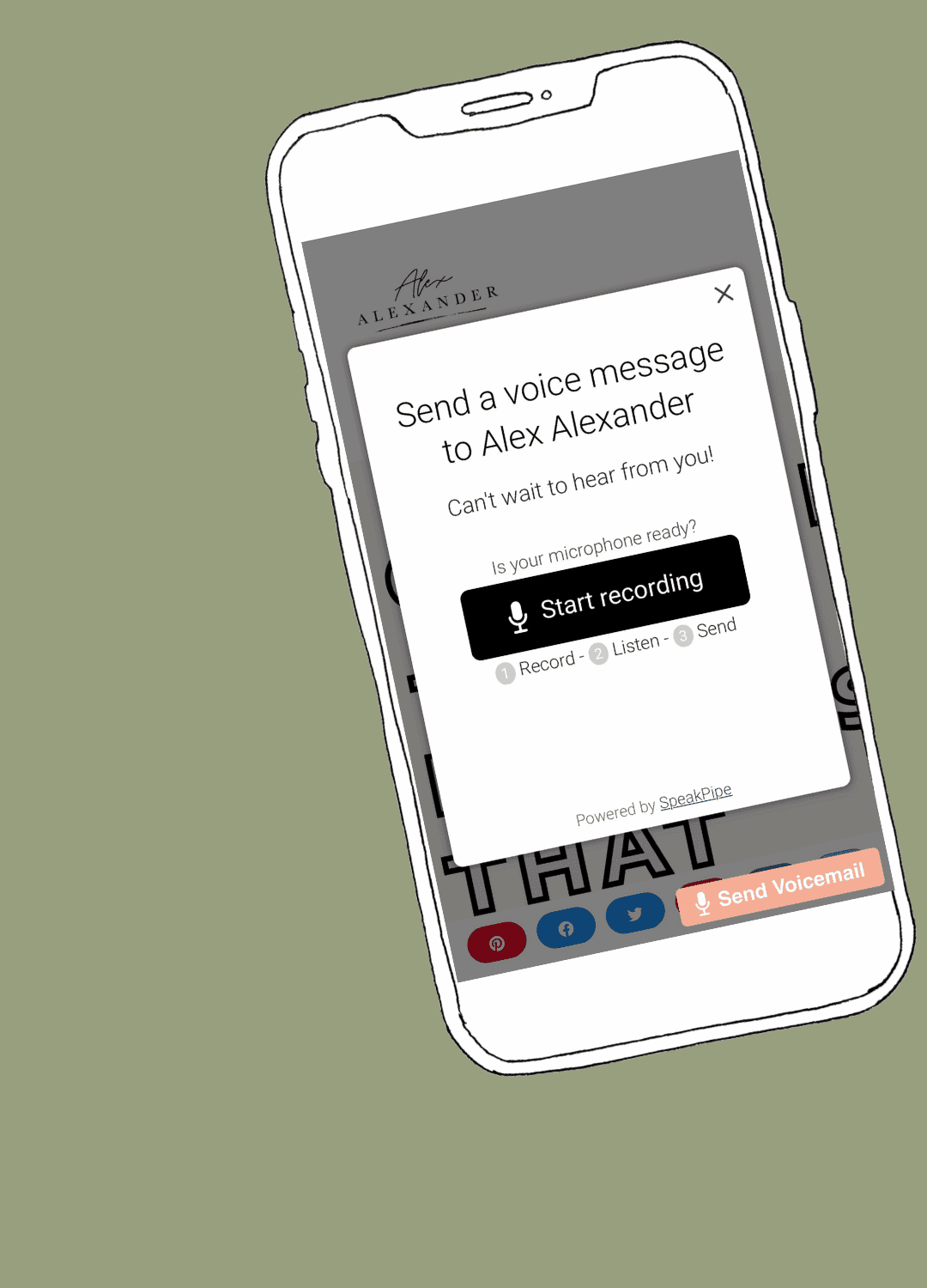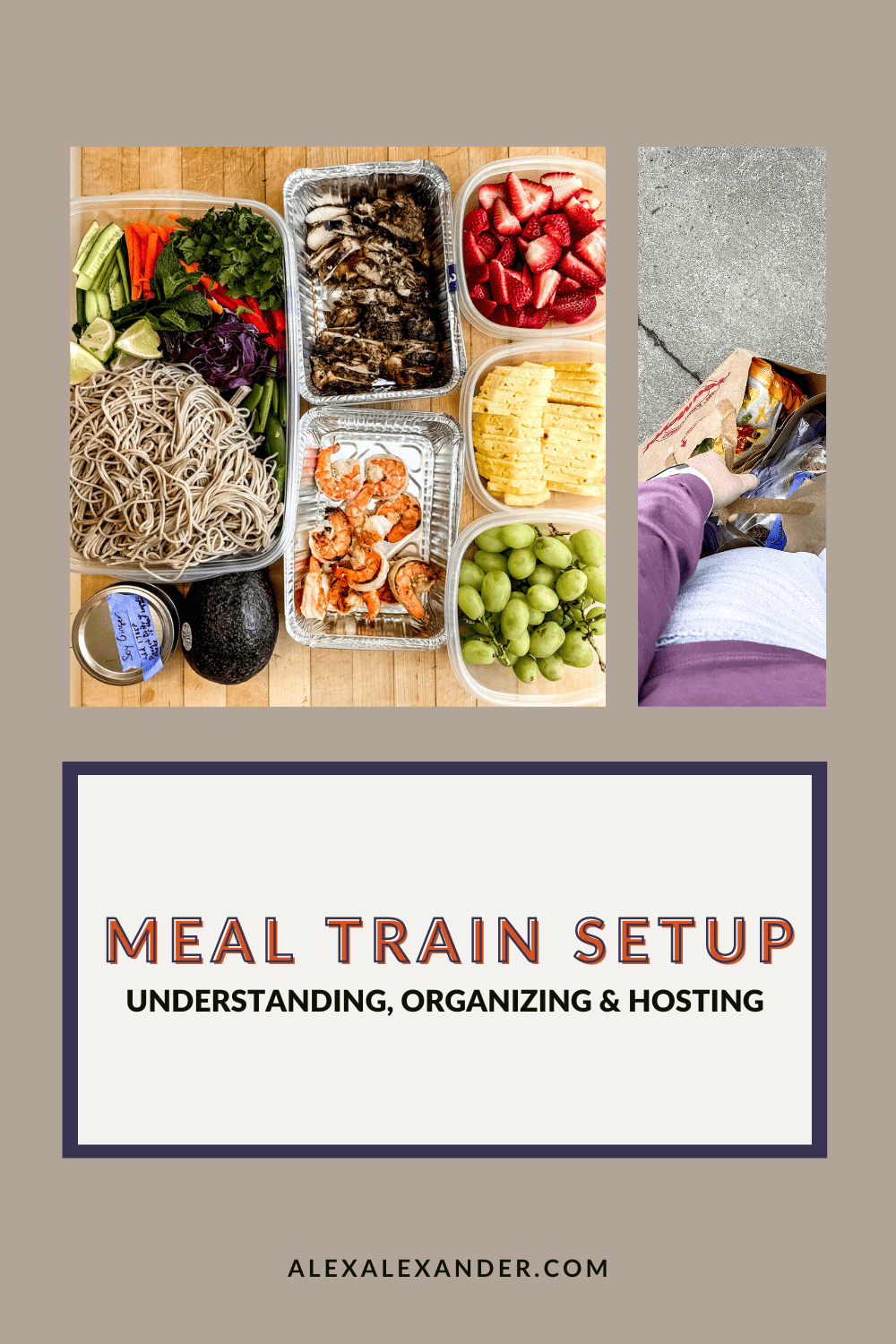
Participating in a meal train is a beautiful way to support loved ones during challenging times, whether they’re welcoming a new baby, recovering from surgery, or dealing with a family emergency. As a participant, you want to ensure that your service efforts are genuinely helpful and appreciated by people. This ultimate guide will provide you with all the tips and tricks you need to navigate meal train etiquette with ease, making the process of showing up for your friends, family, or loved ones as simple and stress-free as possible.
By the end of this article, you’ll be equipped with the knowledge and confidence to prepare and deliver the perfect meal, tailored to the recipient’s needs and preferences. Remember, your act of kindness and support will make a world of difference to those going through a difficult period. If you’re organizing the meal train, check out our separate article dedicated to meal train setup for even more helpful advice.
Meal Train Etiquette when Gifting A Meal
When you’re participating in a meal train, you want to ensure that your efforts are truly helpful and appreciated. This comprehensive guide will provide you with all the tips and tricks you need to navigate meal train etiquette with ease. By the end of this article, you’ll be ready to prepare and deliver a perfect meal to support your loved ones during their time of need. If you’re the one organizing the meal train, be sure to check out our separate article dedicated to meal train setup.
Planning Your Meal Train Delivery
Meal Train Page Information
Before signing up for a meal train, take the time to thoroughly read the entire page. Look for any specific requests or information the family has provided, such as dietary restrictions, food allergies, or favorite treats. By paying close attention to these details, you can tailor your meal to their needs and preferences.
Communicate with the Organizer
If you have any questions or concerns about the meal train, don’t hesitate to reach out to the organizer. They can provide people with guidance on meal preferences, delivery instructions, or any other issues that may arise. Open communication is key to ensuring a smooth and successful meal train experience for everyone involved.
Be Flexible
Keep in mind that the family’s needs and preferences may change over time. They may update their meal train page with new information or requests. Be open to these changes and adapt your meal plan accordingly. Flexibility and understanding are essential when supporting a family through a challenging time.
Cancellations
If you need to cancel your meal delivery for any reason, inform the meal train organizer as soon as possible. This gives them time to find a replacement or make alternative arrangements. If you’re canceling at the last minute, consider ordering a meal delivery or sending a gift card to ensure the family still has a meal for that day.
What to Cook
Following Preferences
When signing up for a meal train, pay close attention to the recipient’s preferences and dietary restrictions. Don’t ask them what they’d like you to make, as this can add unnecessary stress. Instead, choose a dish that fits their needs and preferences based on the information provided.
Fresh Meals
For fresh meals, consider dishes that can be easily reheated or served at room temperature. Salads, grain bowls, and pasta dishes are great options. If you’re including a fresh salad, pack the dressing separately to avoid soggy greens. For more inspiration, check out our extensive list of meal train ideas.
Frozen Meals
If you’re bringing a freezer meal, ensure it’s fully cooled before packaging. Label the container with the dish name, date, and reheating instructions. Aluminum foil pans are perfect for freezer meals as they can go straight from the freezer to the oven. Don’t forget to browse our list of meal train ideas for more freezer-friendly recipes.
Lasting Meals
Choose dishes that will last a few days in the fridge, so the recipient can enjoy leftovers. Hearty soups, stews, casseroles, and lasagnas are all great options. Just make sure to include storage instructions if needed.
Packaging Your Meal
Packaging
When preparing a meal for a meal train, package it in a way that’s easy for the recipient to reheat and serve. Use disposable containers or clearly label any dishes you need to be returned. Consider portioning the meal into individual servings for added convenience.
Reusable Containers
If you opt for reusable containers, choose ones that are microwave and dishwasher-safe. Glass containers with locking lids are a great option. Don’t forget to include a note with your name so the recipient knows who to return the containers to.
Assembly
Do as much of the meal assembly as possible before dropping it off. The recipient should be able to reheat the meal with minimal effort. If there are multiple components, package them separately with clear labels and instructions.
Cooking Instructions and Labeling
Always include cooking or reheating instructions with your meal. Write them on a card or label and tape it to the container. Be sure to list any ingredients that might be allergens, like nuts or dairy.
Extra Considerations
Fruits and Vegetables
Including a side of fresh fruits or vegetables is always appreciated. Wash and chop them beforehand for easy snacking. You can even portion them out into individual servings for grab-and-go convenience.
Breakfast, Desserts, and Snacks
Don’t forget about breakfast and snacks! Homemade granola, muffins, or breakfast burritos are always welcome. A small treat like cookies or a comforting dessert can also brighten someone’s day. Trail mix, energy bites, or fresh fruit are perfect for snacking.
Considering Kids
If the recipient has children, consider including some kid-friendly options. Mac and cheese, pizza, or mild curry are usually safe bets. You can also pack a few extra snacks or treats for the little ones.
Delivery
Follow Delivery Instructions
Pay close attention to the delivery instructions provided on the meal train page. This may include specific drop-off times, locations, or contactless delivery preferences. If the family has requested meals to be left in a cooler on the porch, make sure to follow those instructions to the letter.
Stick to Delivery Times
Do your best to deliver the meal within the requested time frame. The family may have scheduled their day around the meal delivery, so punctuality is important. If you’re running late or need to change your delivery time, make sure to communicate with the meal train organizer or the family directly.
Expect to Drop and Go
When delivering a meal, be prepared to simply drop it off and leave. The recipient may not be up for a lengthy conversation or hosting. A quick hello or a wave from the car is often sufficient. Remember, the goal is to make their life easier, not to impose on their time or privacy.
Respect the Family’s Privacy
Be mindful of the family’s privacy during this challenging time. They may not want to discuss the details of their situation or have visitors linger. If you’re unsure about their preferences, err on the side of caution and respect their space.
More Ways to Show Up
When it comes to supporting loved ones during challenging times, society often tells us that the “right way” to show up is by bringing food. However, it’s crucial to find your own path of least resistance – a way to offer support that aligns with your strengths and resources. While meal trains are undoubtedly valuable, there are countless other ways to make a meaningful impact and show your loved ones that you care
Sending Takeout or Gift Cards
If you’re not much of a cook or live far away, sending takeout or restaurant gift cards is a great way to show your support. This allows the family to choose their favorite meals and enjoy a night off from cooking. Consider sending a gift card to a food delivery service like Uber Eats or Grubhub for added flexibility.
Running Errands
Offer to run errands for the family, such as picking up groceries, medications, or household essentials. This can be a huge help when they’re juggling a lot of responsibilities or are unable to leave the house. Be sure to ask for a specific list to ensure you get exactly what they need.
Donations and Pooling Funds
If the family is facing financial challenges, consider setting up a donation fund. This can help cover medical expenses, household bills, or other unexpected costs. Pooling funds with friends, family, or coworkers can make a significant impact and show the family that they have a strong support system behind them.
Helping with Household Tasks
Beyond meals, the family may need help with other household tasks. Offer to do some laundry, clean the house, or tackle some yard work. These seemingly small gestures can make a world of difference when the family is focusing on more pressing matters.
Childcare and Pet Care
If the family has young children or pets, offer to lend a hand with childcare or pet care. This could include babysitting, picking up kids from school, or taking the dog for a walk. Knowing that their little ones and furry friends are taken care of can provide much-needed peace of mind.
Providing Emotional Support
Sometimes, the most valuable thing you can offer is a listening ear and a shoulder to lean on. Check in with the family regularly, send encouraging messages, or offer to be there for a chat whenever they need it. Knowing that they have someone to turn to can make a world of difference during a challenging time.
Get Creative
There are endless ways to show your support beyond the traditional meal train. Think about the family’s specific needs and get creative with your offerings. This could include creating a care package filled with their favorite self-care items, sending a thoughtful gift, or even organizing a virtual movie night for some much-needed distraction.
Closing Thoughts
Participating in a meal train is a wonderful way to show your love and support for friends, family, or loved ones during their time of need. By following the meal train etiquette outlined in this ultimate guide, you’ll be able to provide meaningful assistance and comfort, making a real difference in their lives.
Remember, the key to being a successful meal train participant is to be thoughtful, flexible, and communicative. Pay attention to the recipient’s preferences and needs, be open to changes, and don’t hesitate to reach out to the organizer if you have any questions or concerns.
If you’re looking for more inspiration on what to cook, be sure to check out our extensive list of meal train recipe ideas. From comforting casseroles to nourishing soups, you’ll find plenty of delicious options to suit every taste and dietary requirement.
And if you’re considering handling the meal train setup for someone in need, our article on how to organize a meal train is a must-read. It’s packed with valuable insights and practical advice to help you create a smooth and effective support system for your loved ones.
Remember, whether you’re cooking a homemade meal, sending a gift card, or offering emotional support, your efforts are invaluable. By showing up and lending a helping hand, you’re reminding your loved ones that they’re not alone during this challenging time. Your kindness and generosity will be deeply appreciated and will undoubtedly make a lasting impact on their lives.
Frequently Asked Questions
Can anyone set up a meal train for someone in need?
Yes, anyone can set up a meal train for a friend, family member, or community member in need. The organizer should communicate with the recipient to understand their preferences and coordinate with participants to ensure a smooth and helpful experience.
What should participants consider when signing up for a meal train?
When signing up for a meal train, participants should check in with their own capacity and consider whether cooking and delivering meals is feasible for them at the moment. If cooking isn’t possible, they can explore alternative ways to support the recipient, such as sending gift cards, offering to run errands, or providing emotional support.
How can I efficiently deliver meals as part of a meal train?
If it’s hard for you to deliver the meals, check in with the meal train organizer to see if someone else is willing to drive or transport your delivery. Perhaps there is even someone who can drive and you can cook!
Is it necessary to prepare homemade meals for a meal train?
Absolutely not! In fact, there are even ways to support friends or family that don’t involve food at all. Check out alternative ideas above.
What if I want to contribute but cannot cook or deliver food?
If you want to contribute but cannot cook or deliver food, there are many other ways to show support. Consider sending a gift card for food delivery, offering to run errands, providing assistance with household chores, or simply offering emotional support through regular check-ins and words of encouragement.







